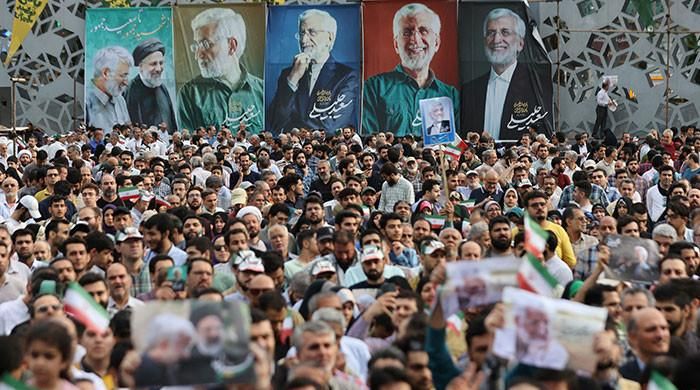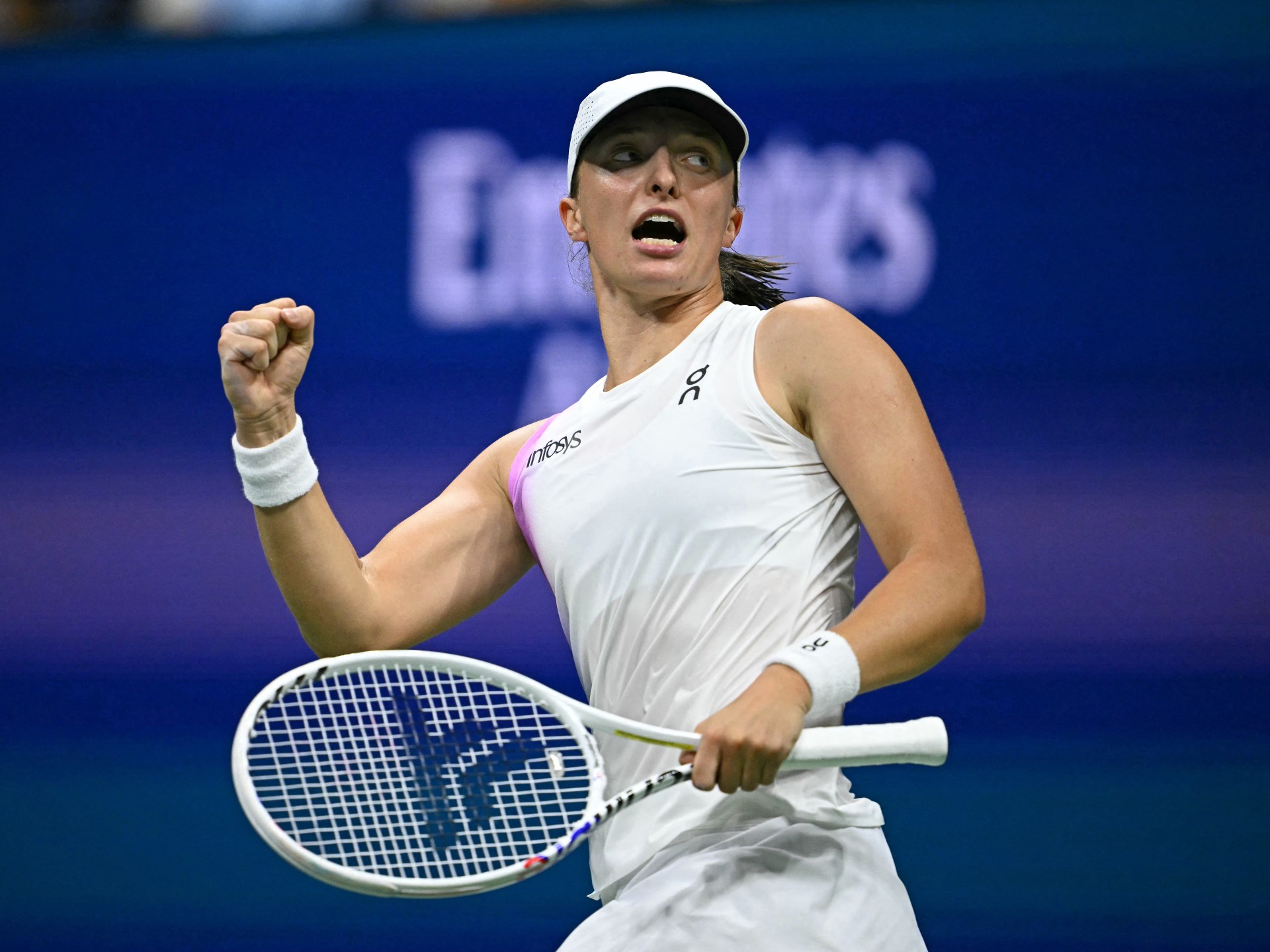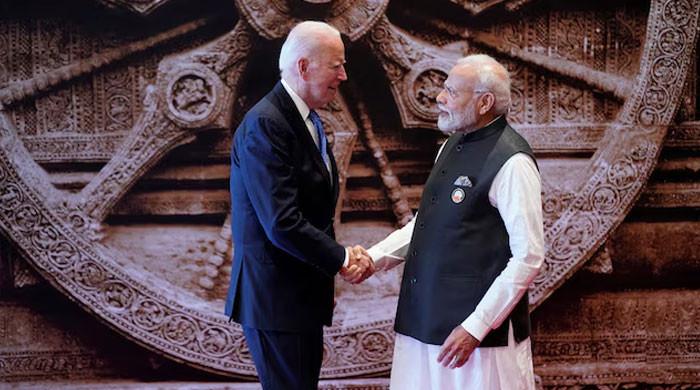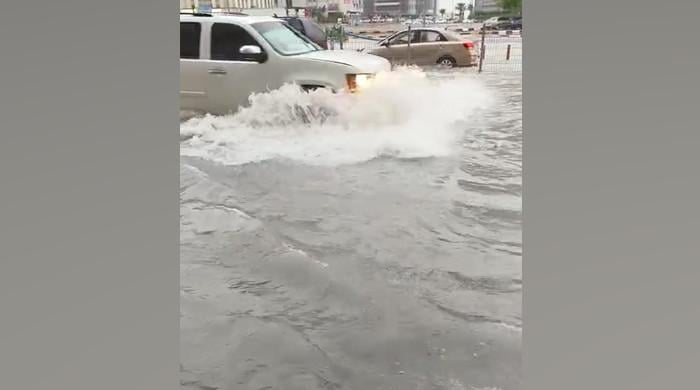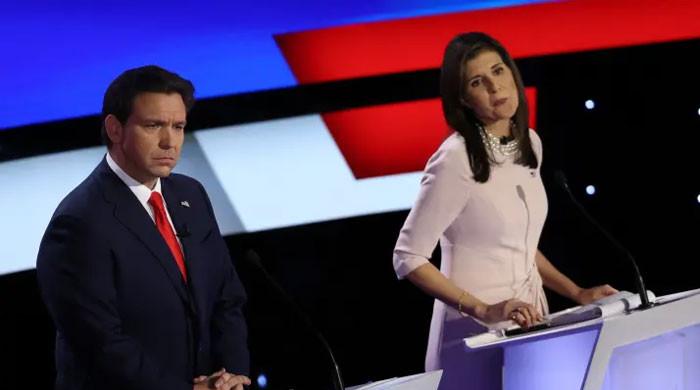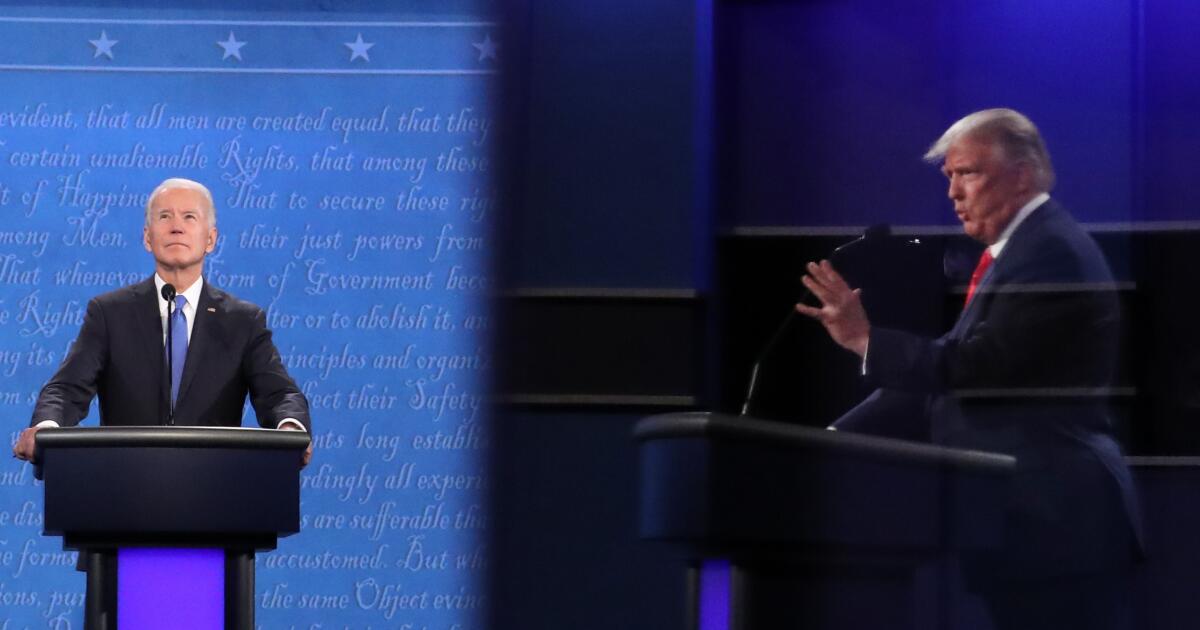- Six presidential candidates have run mostly low-key campaigns.
- He promises to implement the country's seventh development plan to stop inflation.
- The rapid polls follow the death of President Raisi in a helicopter crash in May.
TEHRAN: Iranians will go to the polls on Friday as the country sets its sights on presidential elections in hopes of resolving economic problems amid the turbulent times prevailing in the nation.
Presidential elections were not due until 2025 but were brought forward after the late President Ebrahim Raisi died in a helicopter crash last month.
The advance survey comes at a difficult time as Iran grapples with the economic impact of international sanctions amid rising regional tensions over the Gaza war between Israel and Hamas.
The main contenders for Iran's second-highest office are conservative parliament speaker Mohammad Bagher Ghalibaf, former conservative nuclear negotiator Saeed Jalili and reformist Massoud Pezeshkian.
The others are the conservative mayor of Tehran, Alireza Zakani, the cleric Mostafa Pourmohammadi and the current vice president, Amirhossein Ghazizadeh-Hashemi, director of the Martyrs Foundation.
All six have run largely low-key campaigns, including televised debates in which they promised to address economic challenges and offered diverse views on Iran's relations with the West.
Reformist figures such as former President Mohammad Khatami and former Foreign Minister Mohammad Javad Zarif have backed Pezeshkian.
Alireza Valadkhani, a 35-year-old tax advisor, said AFP He will vote for Ghalibaf because “he is the only one who can help Iran in its current situation.”
Economic challenges
A pressing challenge facing all candidates is how they would address the prevailing economic problems of people who are struggling to make ends meet.
Although the country has avoided a full-blown economic crisis, thanks mainly to oil exports to China and higher crude oil prices, oil exports are still below their pre-2018 levels.
Most candidates seeking to replace Raisi say they plan to emulate his policy of economic self-sufficiency and more trade ties with Asia. Others have advocated for broader relationships with the world without offering practical steps to address sanctions.
With unemployment around 7.6%, according to the World Bank, compared to 9.6% when Raisi was elected. However, many formal jobs pay a pittance, meaning that the true number of people without a job suitable for living is probably much higher.
“It's not hard to understand why most Iranians are angry,” said Djavad Salehi-Isfahani, an economics professor at Virginia Tech.
“Living standards and poverty may have improved over the past two years, but this is not true if we go back one or two decades. The new president can inject hope and prevent conditions from worsening, but he cannot return Iran to the 2000s,” Salehi-Isfahani added, referring to a more prosperous period.
Prices of basic products such as dairy, rice and meat have skyrocketed in recent months. The subsidized price of pita Bread, the most popular in Iranian households, has soared by at least 230% in the last three years, while red meat has become too expensive for many and its price has increased by 440%, to $10 per kilogram. .
The candidates have promised to implement the country's seventh development plan approved last year by parliament. It aims to curb inflation and develop exports and sets ambitious targets to achieve 8% annual growth under sanctions.
But the World Bank's forecasts for the next three years call for annual growth rates of less than 3.2% for Iran, as a result of weakened global demand, sanctions and domestic energy shortages.

